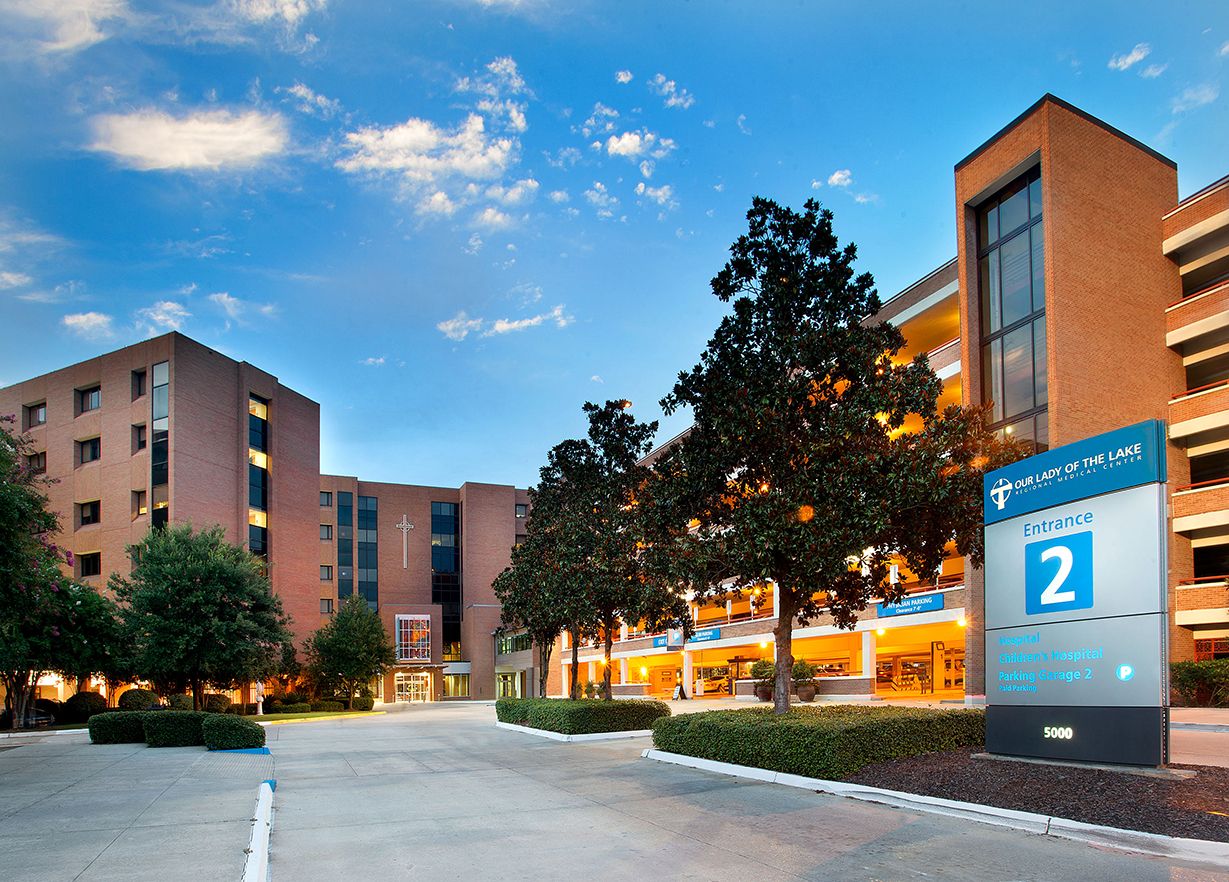Sponsored by


Before Covid-19 cases began to soar in Baton Rouge, physician leaders at Our Lady of the Lake went to work reconfiguring the hospital and assembling specialized clinical teams to meet the new demands and lessen the risk of becoming overwhelmed the way some hospitals have in Seattle, New Orleans and New York City.
With a sudden drop in overall hospital patients and the temporary cessation of elective procedures, hospital leaders leveraged that newfound capacity to ramp up care for patients with Covid-19, said Chief Executive Officer Scott Wester.
Physician leaders contacted former peers in Seattle, for example, to learn from that city’s harrowing experiences of providing care while being overwhelmed with new cases. As a result, Our Lady of the Lake acted quickly to stand up whole new ICUs isolated from other patients and with their own clinical teams.
As expected, the number of Covid-19 cases started to spike in late March, with the hospital jumping from 20 suspected cases to more than 100 with confirmed infection by April 2, with 50% requiring ventilators.
Even for a hospital licensed for 1,000 beds and among the 30 largest hospitals in the country, Our Lady of the Lake continues to tackle the unprecedented challenges Covid-19 presents. But by swiftly flexing medical units and clinical teams, the hospital doubled its potential ICU bed number to 178, with capacity and procedures to add 24 more if needed, Wester said.
For example, the area that previously was home of the emergency express unit is now one of seven newly dedicated medical units solely for Covid-19 patients. In addition, they transitioned the former pediatric emergency department, made available by the opening of the new Our Lady of the Lake Children’s hospital, into a unique respiratory assessment center. All Covid-19 patients receive treatment in settings isolated from other patients by clinical teams specially equipped and trained in personal protection, reducing the potential for infection of staff.
The process is called patient cohorting, explained Dr. Catherine O’Neal, chief medical officer. Patients who test positive or are presumed to have Covid-19 are evaluated and cared for away from other patients from the moment they arrive at the hospital until their discharge. Fresh masks, gowns and gloves are at the ready near each patient room, and support staff are on hand to assist clinical teams in safe and efficient use of personal protective equipment.
“We’ve been able to conserve our supply of PPE by cohorting,” Dr. O’Neal said.
Overseeing the swift stand-up of new ICU rooms is pulmonologist Dr. Chris Thomas. “Clinical teams on the new units include elite respiratory therapists, nurses, physicians and pharmacists,” he said. “We’re proud of these teams.”
The cohorted process has helped instill confidence in clinical teams, especially those in direct contact with infected patients. “We’re adapting rapidly to the increase in Covid-19 cases with the ability to flex our large hospital system in a safe manner,” Dr. Thomas said.
Corrie Presley is a nurse manager for the new covid-19 units. “They function as a team with a common goal, it’s incredible to see,” she said. “There are a lot of people who may be nervous to show up for work, but as soon as they get on that unit they’re comfortable and most of them request to come back.”
To be sure, the most difficult days are yet to come in this health crisis. Leaders continue to meet and plan daily in an effort to stay a week ahead. “We feel as prepared as a hospital can be in a time of pandemic,” Dr. O’Neal said.
 GET DAILY REPORT FREE
GET DAILY REPORT FREE




